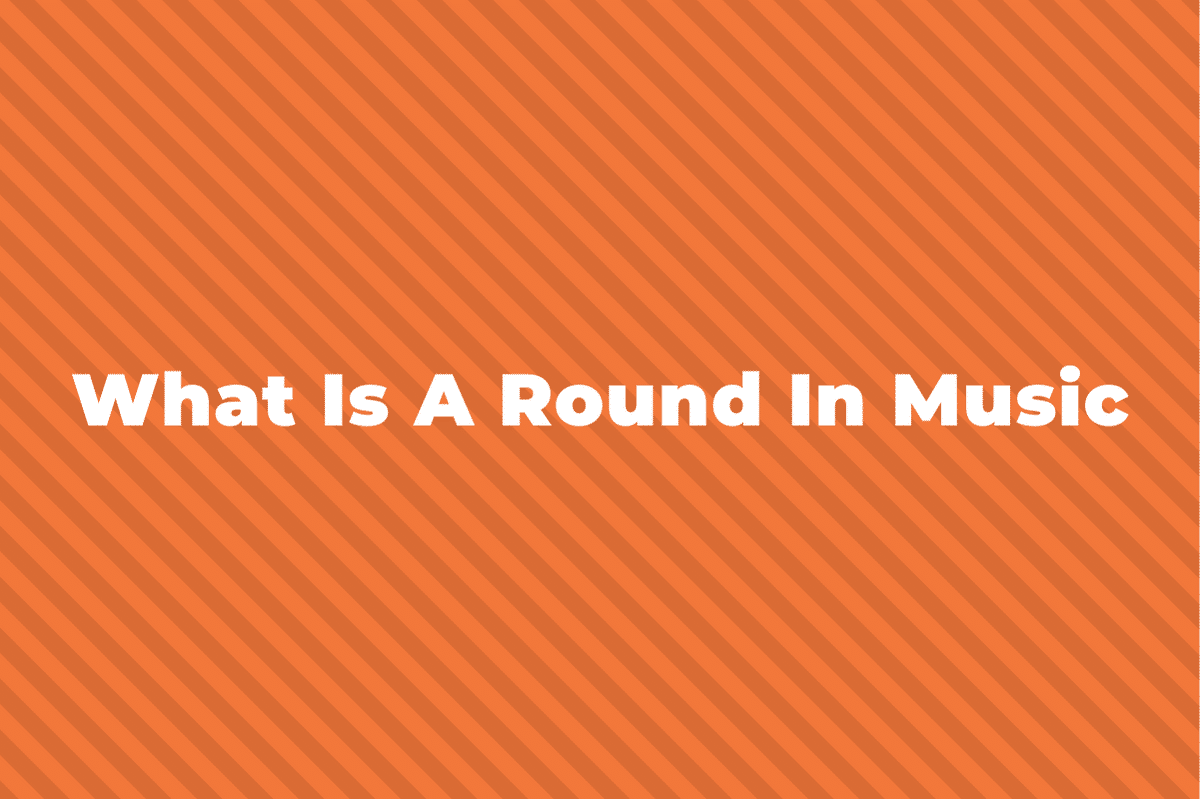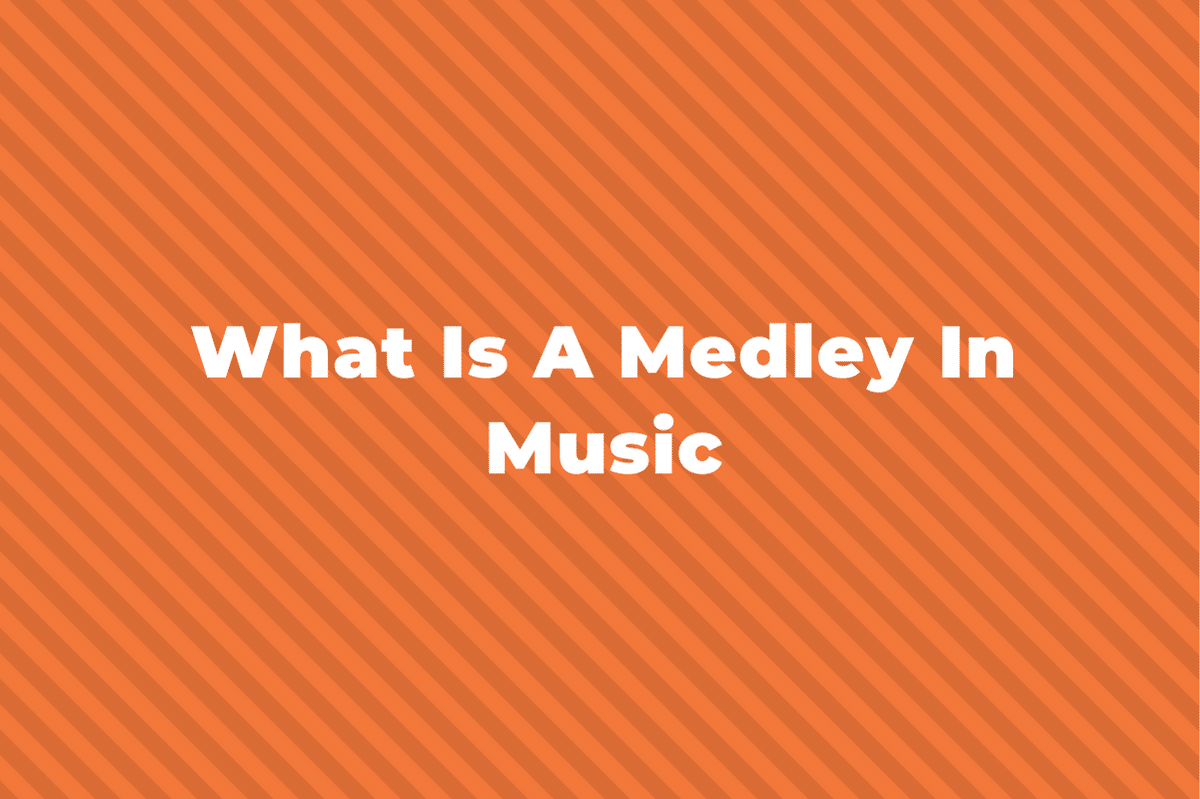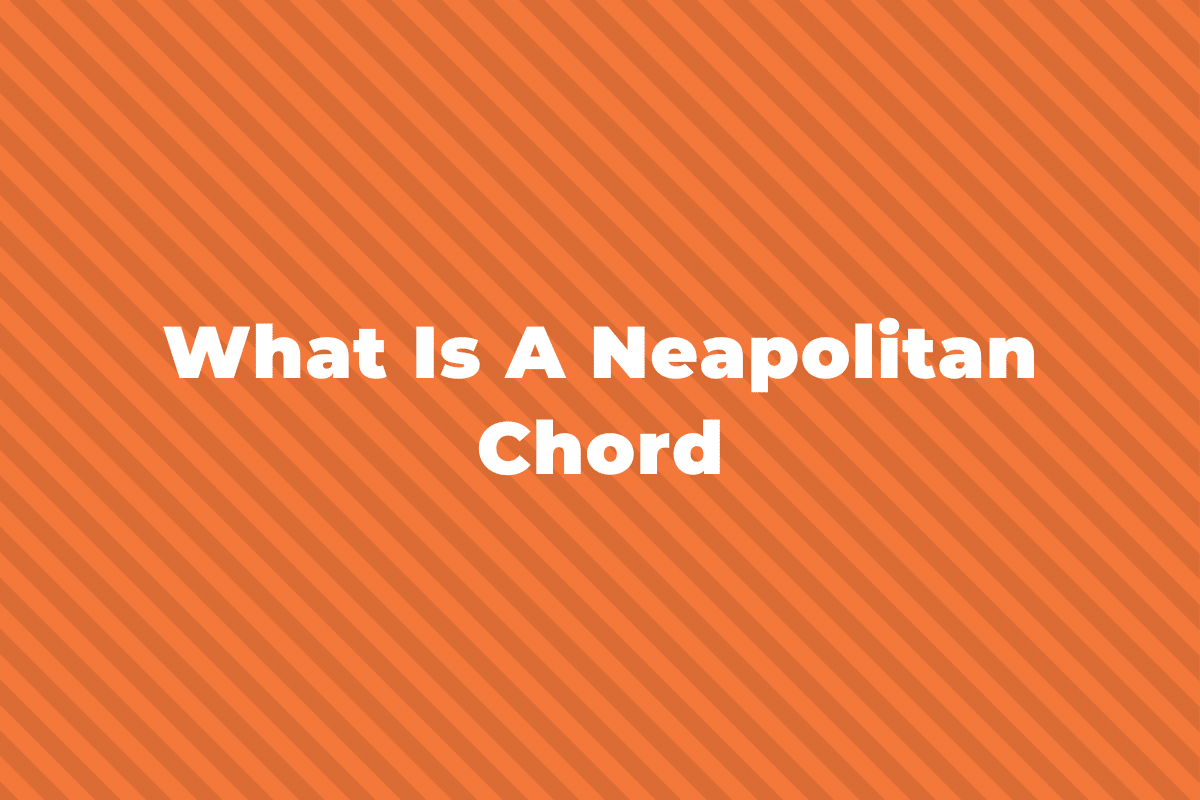In music, monophonic texture is the simplest of the three main types of texture, the other two being homophonic and polyphonic texture. Its name comes from the Greek words mono, meaning “one,” and phonic, meaning “relating to sound.” But what does that actually mean?
In this post, we’ll fully explore monophonic texture. However, before that, we should first remember what texture in music even is.
What is Texture?
Texture in music is a way to describe the overall quality of a piece of music. It mainly represents how many layers of melody and harmony can be heard at any one time.
Aspects of the music that can affect its texture are the type and number of instruments, the tempo, the style and structure of the harmonies, the genre of the music, and so forth.
Monophonic Texture Definition
Taking the literal translation of monophonic (‘one’ and ‘relating to sound’) we can define monophonic texture as a piece of music where there is only one melodic sound being heard.
Also called monophony, this texture means there can be no separate instruments or voices present – as soon as someone else plays something different at the same time the texture is no longer monophonic.
For example, if a group of friends sat around a campfire singing a song altogether, that would be monophony.
However, if one of them strummed along on a guitar, that would not be monophony anymore.
If the guitar player then played the exact melody on the guitar at the same time as everyone was singing, that would be monophony again.
Monophonic texture might be a bit confusing at first because, while it does literally mean “one sound” or “one voice”, you can still have monophony with multiple people playing or singing.
As long as there is only one melody, with no different harmonies or melodies, then it is a monophonic texture, no matter how many people are singing or playing that melody.
For example, the intro to Sir Duke by Stevie Wonder features multiple instruments but as they’re all playing the same melody it’s considered monophonic.
If the instrumentalists or singers are singing the same note but in different registers, or octaves, that is still monophony, because it is still just one melody.
We can even have rhythmic accompaniment in a monophonic texture, such as clapping or a drum set, as long as there is only one part that has specific pitches – the melody.
Examples of Monophonic Texture
There are many examples of monophonic texture in childrens songs and folk songs. Singing the “ABC’s”, “Mary Had a Little Lamb”, or “Twinkle, Twinkle Little Star” by yourself or with friends and family are all instances of monophony, as are old folk songs like “Swing Low, Sweet Chariot” or “Kumbaya”.
Monophonic classical music examples
Monophonic texture is also found in classical music, like Bach’s “Cello Suite No. 1″ for solo cello, or Bartok’s “Sonata for Solo Violin”.
Monophonic examples in jazz
Some examples of monophonic texture in jazz music would be something like the beginning bass line to “Birdland” by Weather Report. But, the moment the other instruments come in, it ceases to be monophonic texture.
Another example from the jazz repertoire is the beginning to “Unsquare Dance” by Dave Brubeck. This is an example of monophonic even though there is an extra rhythmic element (clapping) happening at the same time. Again, monophonic texture refers only to pitched instruments, not percussion (unless they’re tuned).
In fact, the majority of bass solos, or bass melodies are monophonic, because all other instruments (except maybe drums) tend to cut out and give space to the bassist.
Examples of monophonic texture in rock and pop music
In pop music, a song might start in a monophonic texture with just the lead vocalist singing the melody by themselves.
An example of this would be the song “Renegade” by the Styx.
Or again, the band may cut out and leave the vocalist singing alone like at the end of the song “Oliver James” by Fleet Foxes:
A rock song that uses a bass guitar, electric guitar, and vocals to play and sing the exact same melody is “Iron Man” by Black Sabbath.
This example is unique because it has multiple different instruments playing, but because they’re playing the same melody it is still considered monophony.
Summing Up Monophony
In summary, monophonic texture is any time in a piece of music where only one melody is heard without harmonies or pitched instrumental accompaniment.
This can be a solo instrument, like a violin or cello playing a melody on their own, or it could be a solo vocalist singing a song.
It can even be multiple musicians playing or singing the same melody at the same time, either in unison (all sounding the exact same pitch) or in different octaves (singing the same note but lower or higher).
Also, there can be unpitched rhythmic accompaniment (drums or clapping etc) as long as no other pitches are being played or sung.



